Manta Rays Graceful Gentle Ocean Giants
Meet the Manta Ray
Gliding through the ocean like birds in flight, manta rays are among the most graceful and gentle giants of the sea. With wingspans wider than cars and a presence that inspires awe, these intelligent fish have fascinated divers, scientists, and ocean lovers for centuries. Unlike stingrays, mantas have no stinger — making them truly harmless to humans. Instead, they rely on their size, intelligence, and speed to survive in the open ocean.

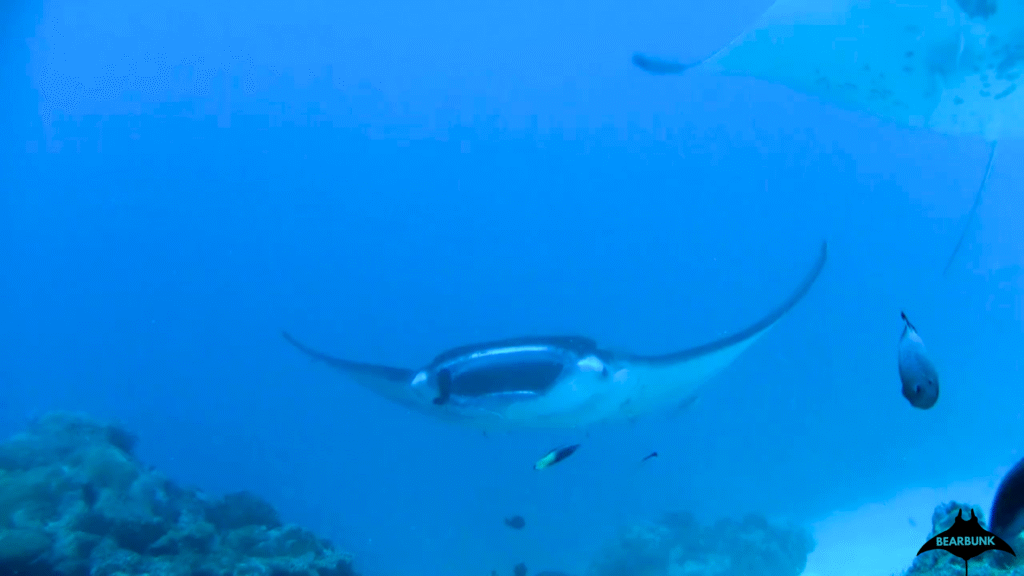
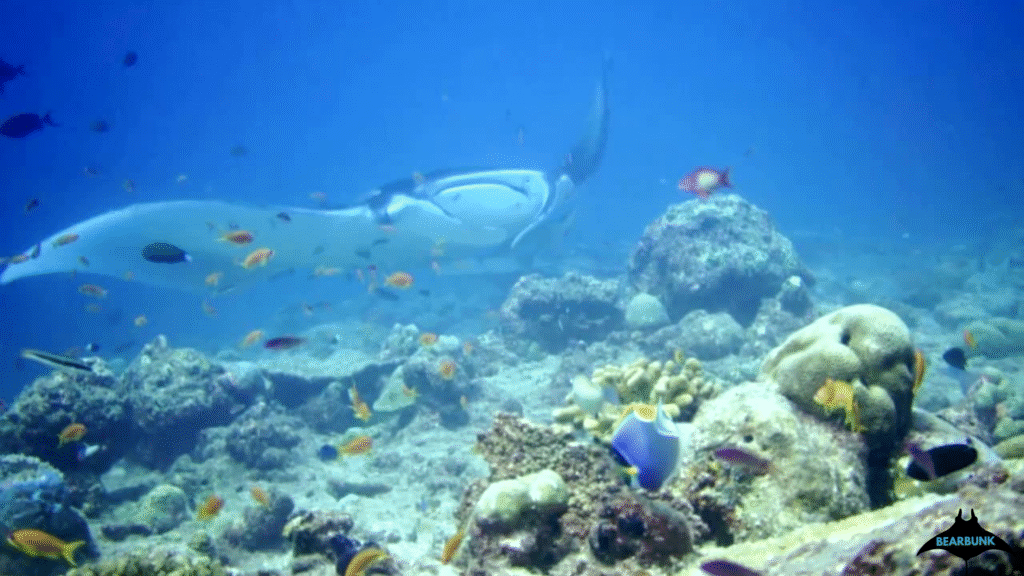
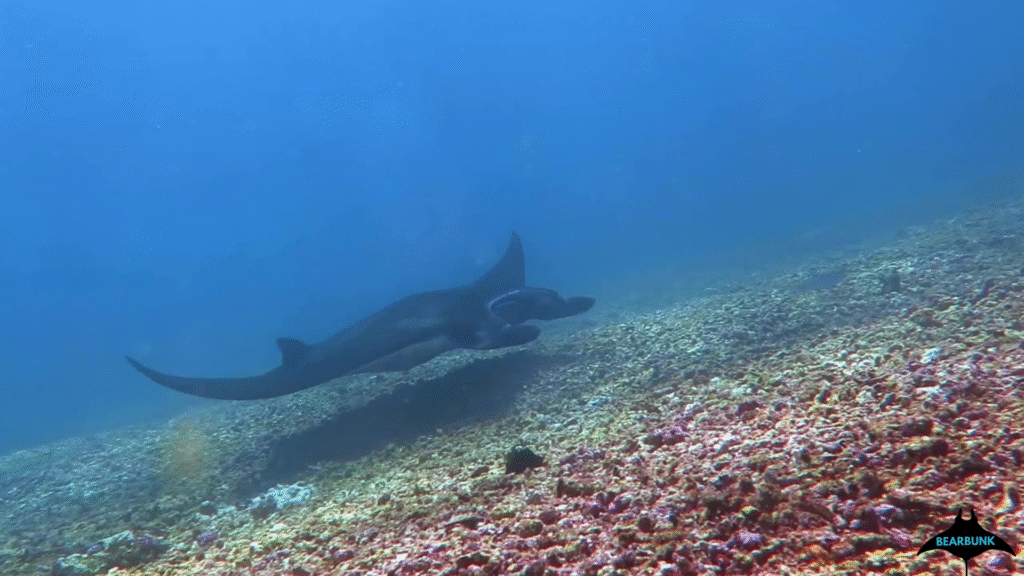
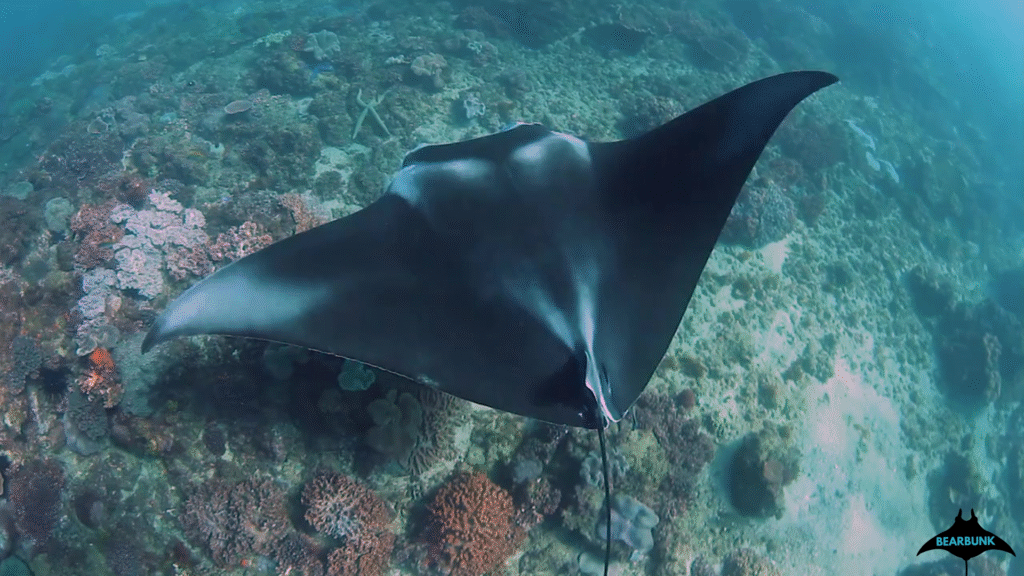
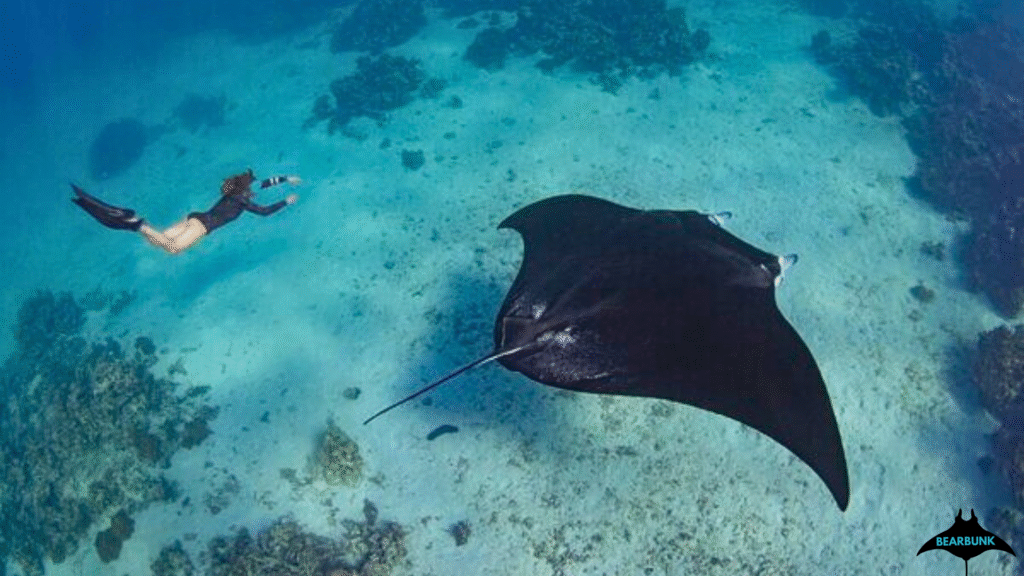
Manta Ray Species
Manta rays may all look similar at first glance, but there are actually two distinct species that rule the tropical seas. Both are enormous, elegant, and intelligent — yet each has its own size, habitat, and behavior that set it apart.
Each individual manta ray can be identified by the unique black-and-white pattern on its underside, similar to a human fingerprint. These markings allow researchers to track individuals across years and even decades.
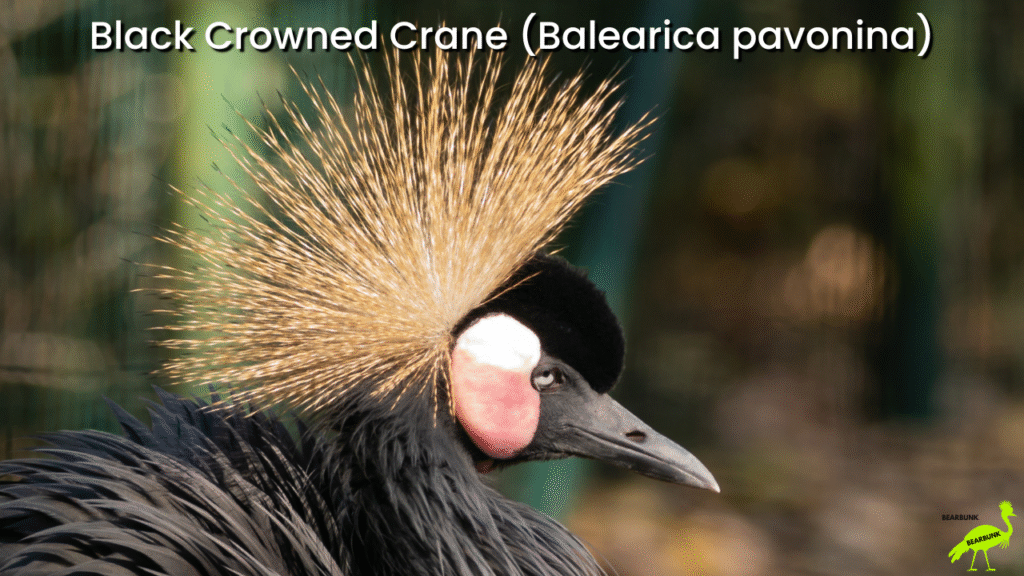
Reef Manta Ray (Mobula alfredi)
Grows up to ~18 feet across, commonly found near coral reefs, lagoons, and coastal islands.
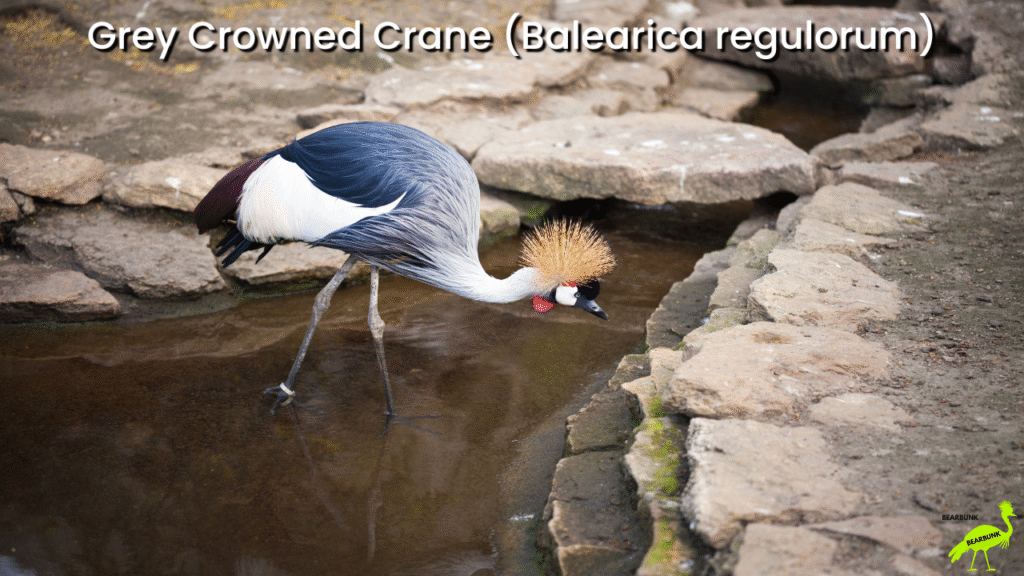
Giant Oceanic Manta Ray (Mobula birostris)
The largest ray in the world, reaching ~23 feet across and weighing up to 3,000 pounds, often traveling in the open ocean.
Habitat
Manta rays live in tropical and subtropical oceans worldwide. They prefer warm waters around coral reefs, islands, and seamounts. Oceanic mantas can migrate across thousands of miles, returning to the same cleaning stations or feeding grounds year after year — proof of their remarkable memory and navigation skills.
Scientists have documented mantas in the Indian Ocean (Maldives, Seychelles, Mozambique), the Pacific Ocean (Indonesia, Hawaii, Australia, Mexico), and even parts of the Atlantic Ocean (Caribbean, Azores, West Africa).
Diet
Manta rays are filter feeders, eating plankton, krill, and small fish. They use their cephalic fins — the curled fins near their mouths — like scoops to funnel food into their wide mouths.
Sometimes mantas feed together in a spiral formation called a plankton tornado. This cooperative feeding behavior helps maximize efficiency, and it’s one of the most breathtaking spectacles divers can witness underwater.
Colors & Vision
Mantas are usually black, gray, or white with contrasting belly patterns. Some individuals are nearly all black (“melanistic mantas”), while others have bright white undersides. These patterns not only help researchers identify them, but also may provide camouflage from predators.
Even more fascinating, mantas have excellent vision and can see in color — an ability that many other fish lack.
Social Life
Mantas are often solitary, but they sometimes gather in groups called squadrons to feed, mate, or visit cleaning stations. At cleaning stations, smaller fish like wrasses pick parasites and dead skin from their bodies, giving the mantas a spa-like treatment.
Lifespan & Intelligence
Manta rays can live for 40 years or more. They have the largest brain of any fish relative to body size — with a structure similar to animals like elephants and dolphins.
Studies suggest mantas show:
- Curiosity → approaching divers to investigate.
- Memory → returning to the same feeding grounds year after year.
- Playfulness → performing barrel rolls and leaps that may be a form of communication or social play.
Acrobatics & Playfulness
Manta rays are known for dramatic aerial leaps, flipping completely out of the water before splashing back down. Underwater, they perform barrel rolls and graceful turns. Scientists believe these behaviors may be linked to communication, parasite removal, or simple enjoyment — a sign of their intelligence and complexity.
Share On Social:
Mating & Raising Young
Manta ray courtship is rarely seen, but when it is, it’s spectacular. Males form “mating trains,” sometimes 15–20 individuals following one female. After a chase, the strongest male mates with the female.
Pregnancy lasts 12–13 months, one of the longest of any fish. The female gives birth to a single live pup, fully developed and able to swim immediately. Pups usually measure about 4–5 feet across at birth.
Unlike most fish, mantas reproduce slowly — with long gestation, low birth rates, and years between pregnancies. This makes them especially vulnerable to population declines.
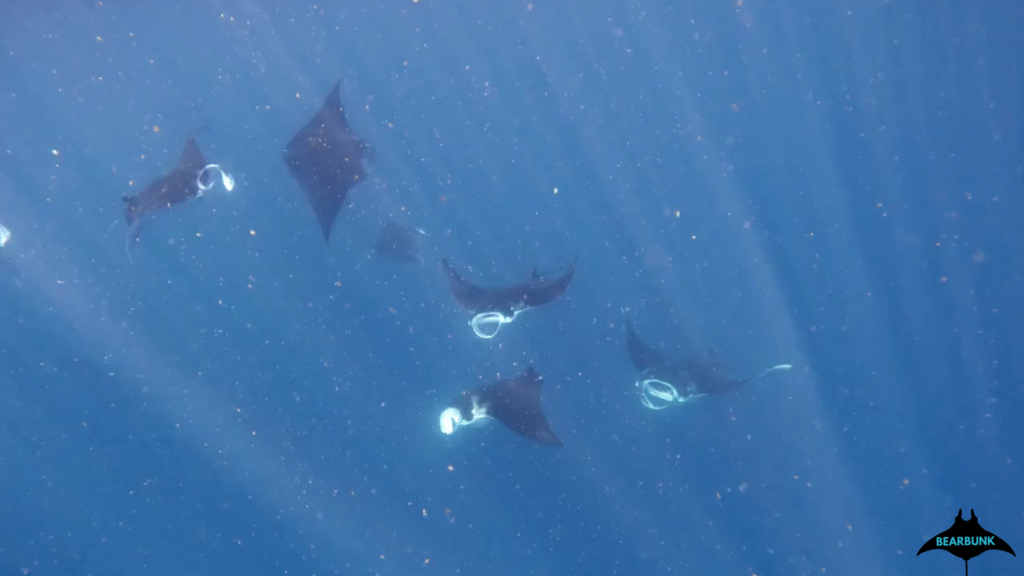
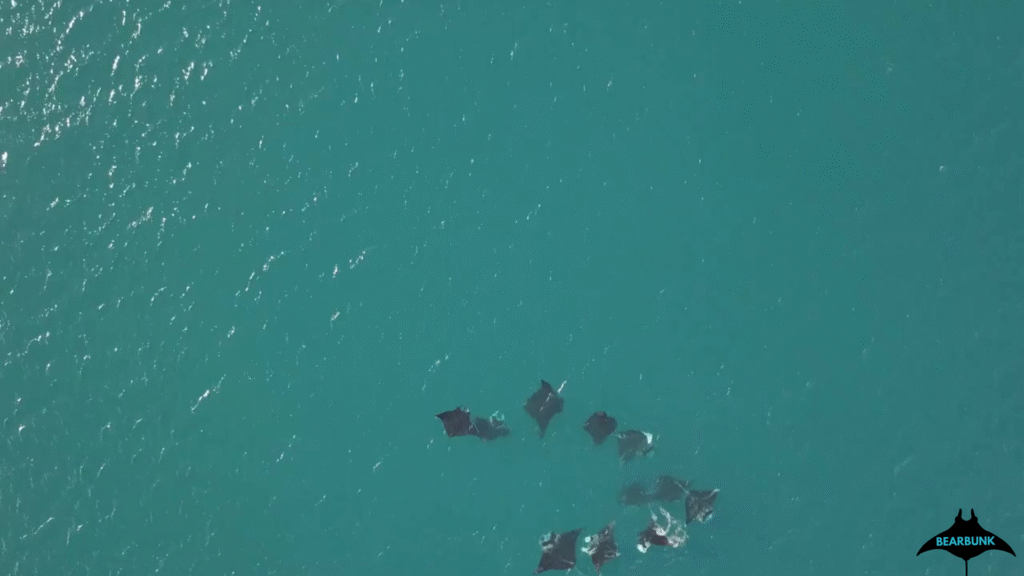
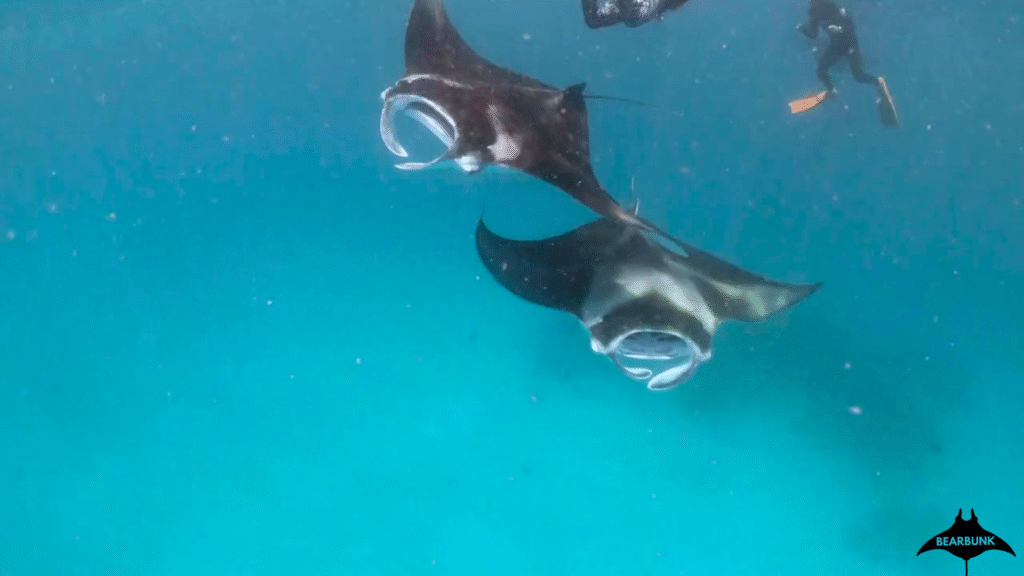
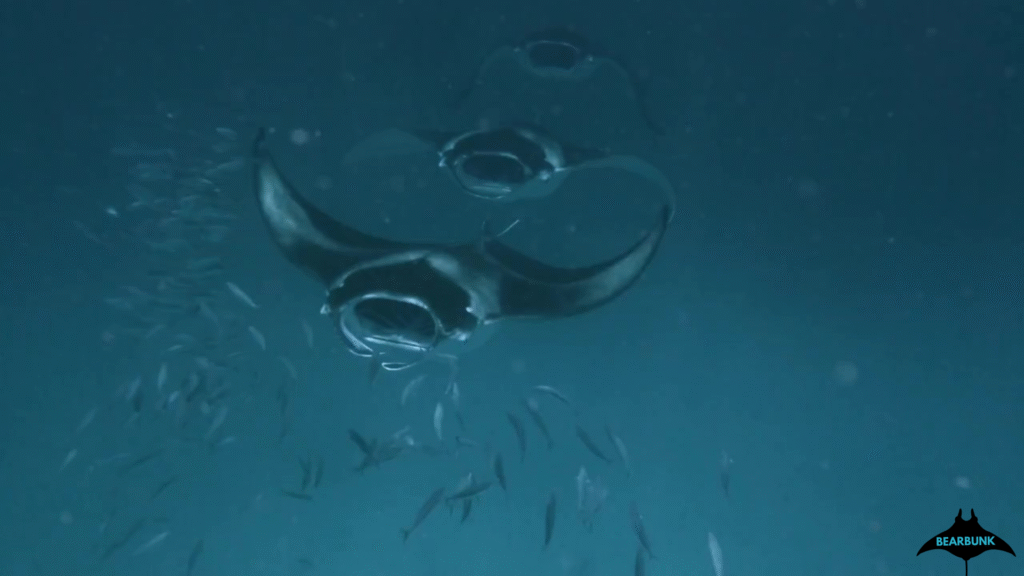
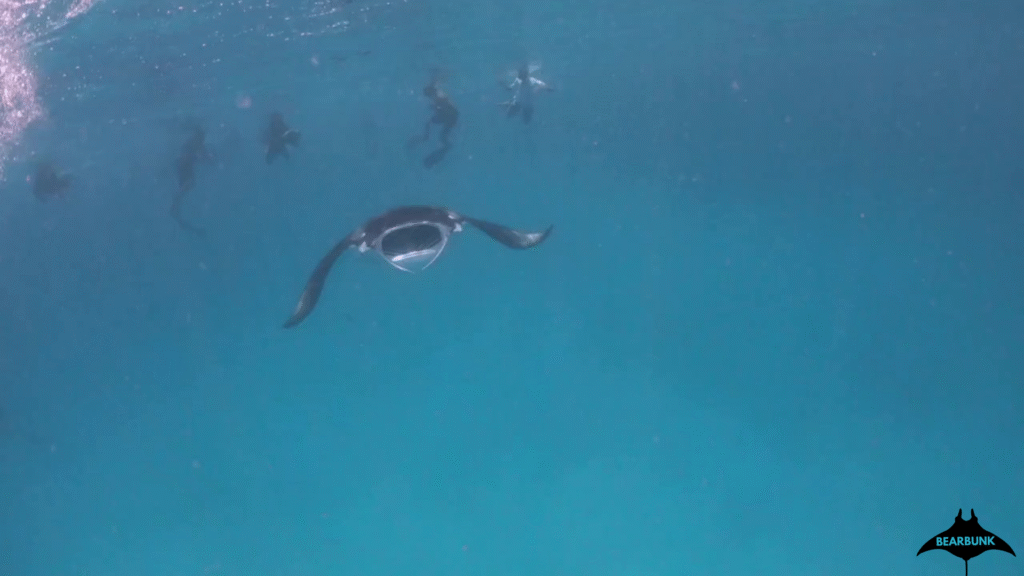
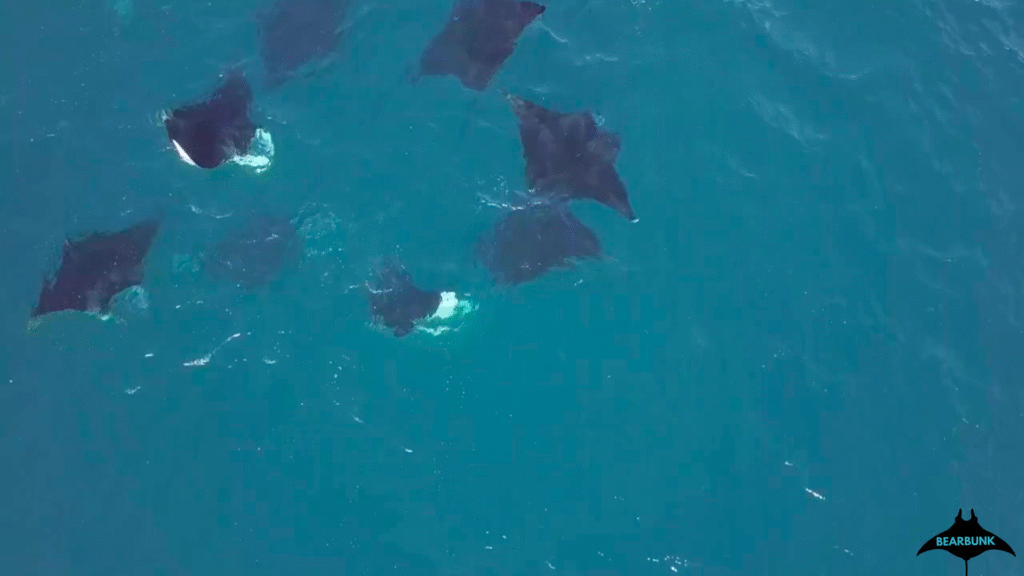
Conservation
Conservation Status
Both species of manta rays are listed as threatened by the IUCN. The main dangers include:
- Bycatch in fisheries.
- Targeted hunting for their gill plates, used in some traditional medicines.
- Habitat loss due to coral reef decline and climate change.
- Tourism pressure, where poorly managed interactions can stress the animals.
What you can do:
- Support sustainable tourism operators that follow strict wildlife interaction guidelines.
- Spread awareness about mantas and their importance to healthy oceans.
- Support organizations that protect coral reefs and marine ecosystems.
Fun Facts
- Mantas can’t stop swimming — they must keep moving to pass water over their gills.
- They’re close relatives of sharks, but completely harmless.
- The word “manta” means “cloak” or “blanket” in Spanish, inspired by their wing-like bodies.
- Some mantas have been documented traveling hundreds of miles in a single migration.
- Mantas are among the very few animals that may recognize themselves in a mirror — a sign of advanced intelligence.
About Manta Rays
Graceful and gentle, manta rays are the largest rays in the world. With wingspans wider than cars and brains larger than any other fish, they are both awe-inspiring and intelligent. Unlike stingrays, mantas have no stinger, making them harmless to humans.
Common Name: Manta Ray (Reef Manta, Giant Oceanic Manta)
Scientific Name: Mobula alfredi (Reef Manta), Mobula birostris (Giant Oceanic Manta)
Family: Mobulidae (Mantas and Devil Rays)
Wingspan: Reef Manta ~18 ft (5.5 m); Giant Oceanic up to 23 ft (7 m)
Weight: Up to 3,000 pounds (1,360 kg)
Lifespan: 40+ years
Location: Tropical and subtropical oceans worldwide — Indian, Pacific, and Atlantic
Habitat: Coral reefs, coastal islands, lagoons, seamounts, and open oceans
Diet: Plankton, krill, and small fish — filtered with cephalic fins
Conservation Status: Threatened (bycatch, gill plate trade, habitat loss, climate change)
Why We Love Them
With their enormous wingspans, playful leaps, and curious personalities, manta rays embody the wonder of the underwater world. The largest can reach up to 29 feet across — wider than most living rooms, and far too big to fit inside most houses. That kind of scale makes seeing one in the wild feel truly otherworldly. They remind us that the ocean is full of mystery, intelligence, and beauty worth protecting.
Conclusion
Manta rays are living symbols of grace and wonder — soaring like birds beneath the waves. From their unique feeding strategies to their advanced intelligence, they captivate anyone lucky enough to see them. Protecting mantas means protecting the oceans that sustain us all.
Watch the Video on YouTube:
Manta Rays Graceful Gentle Ocean Giants – YouTube
Learn more about:
Fish, Marine Life, Wildlife Wonders, and Smart Animals – Clever Wildlife That Will Surprise You | BearBunk
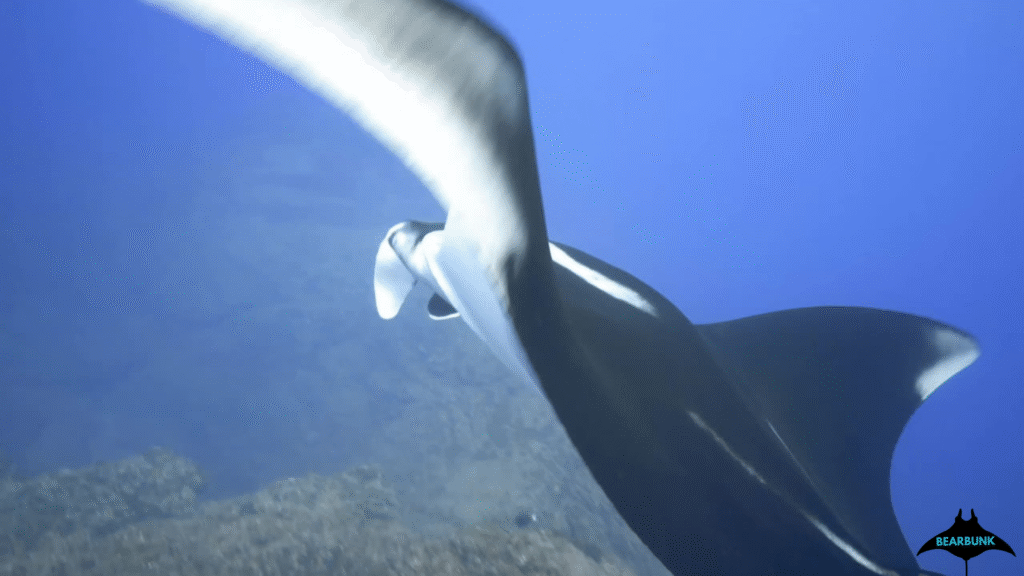
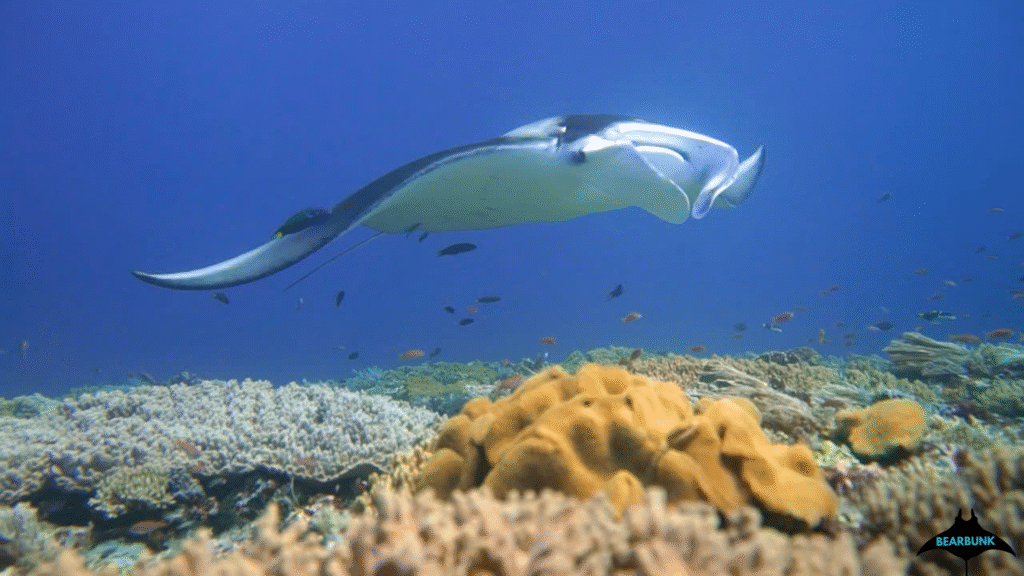
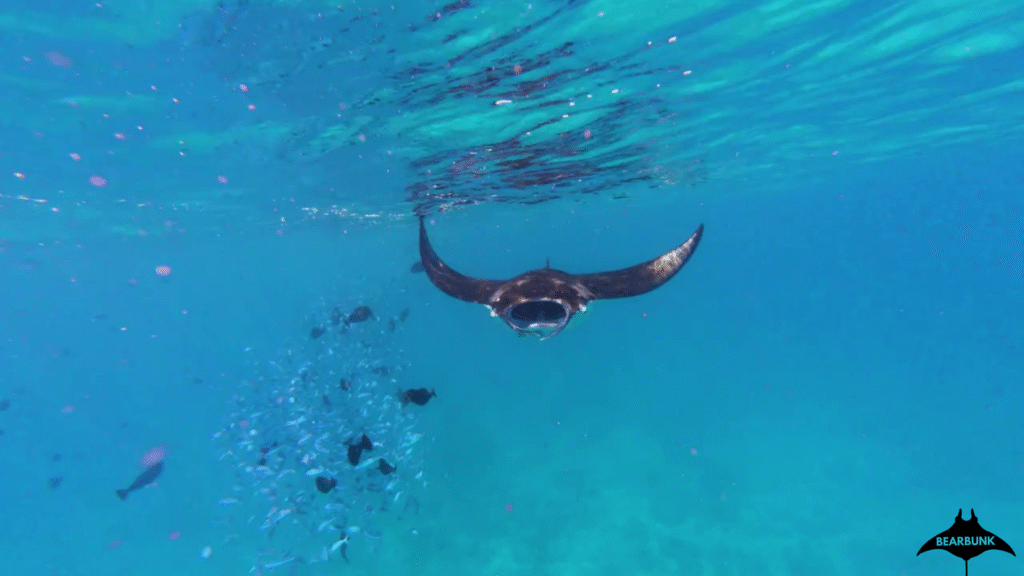





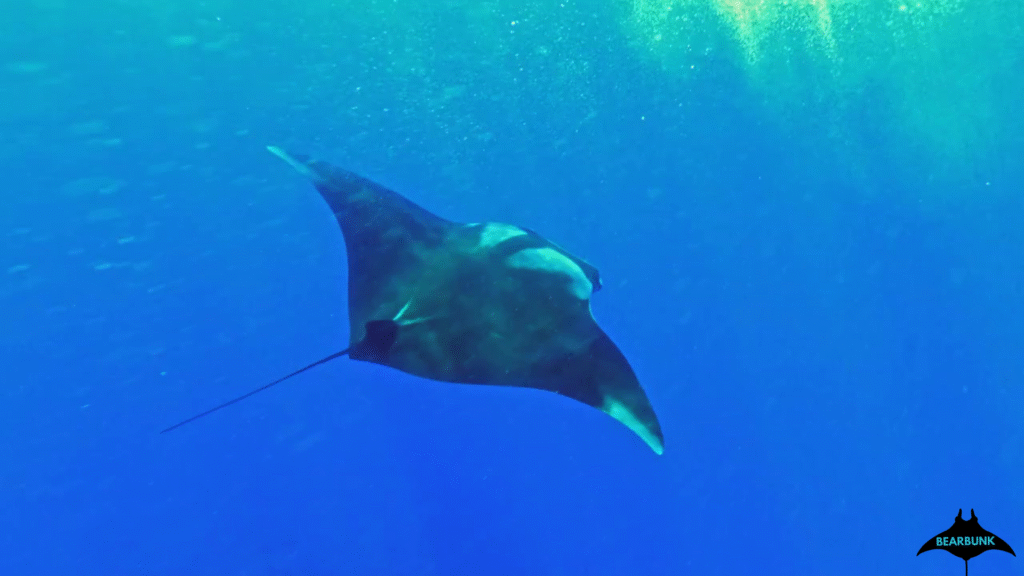
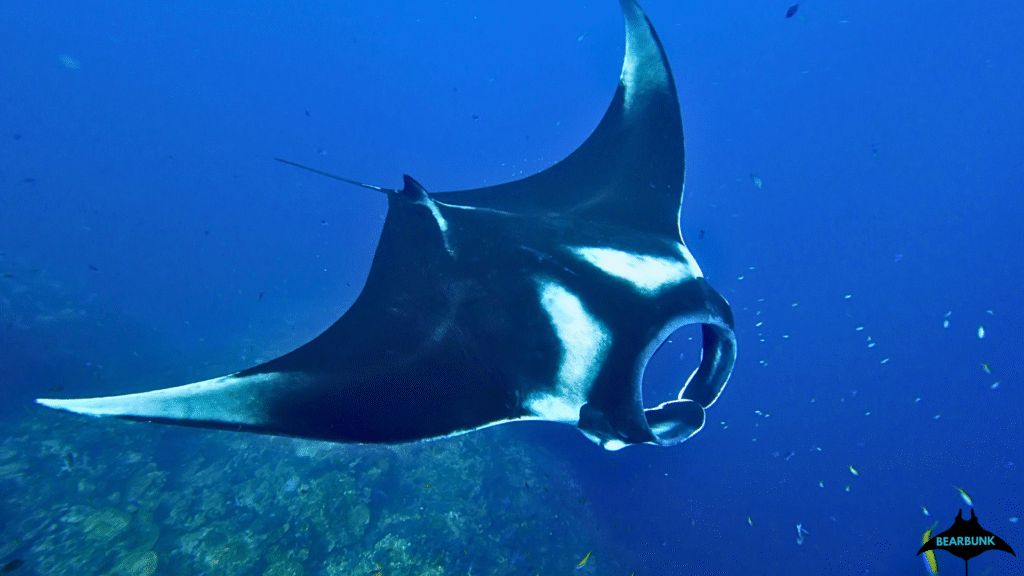
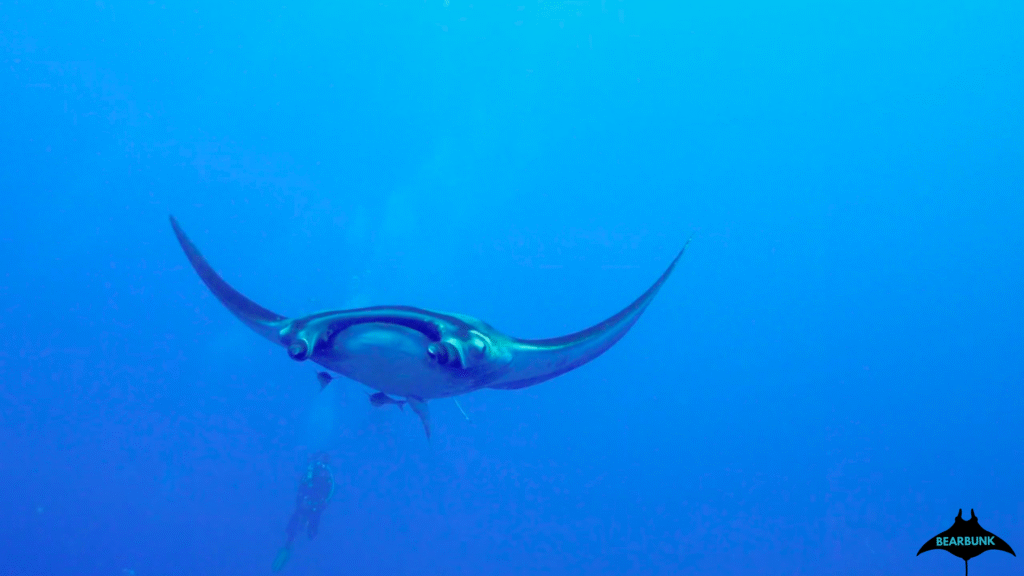
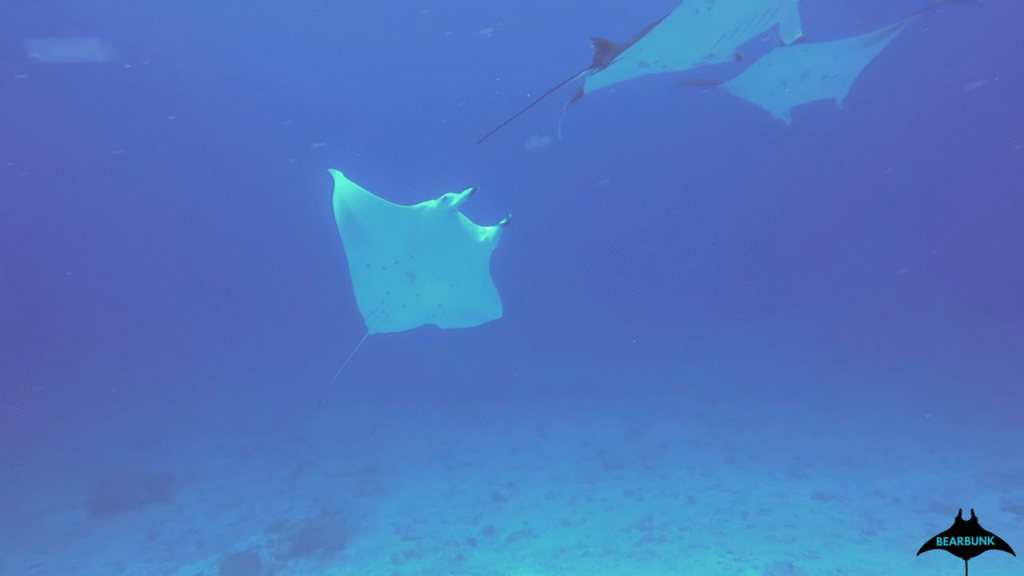
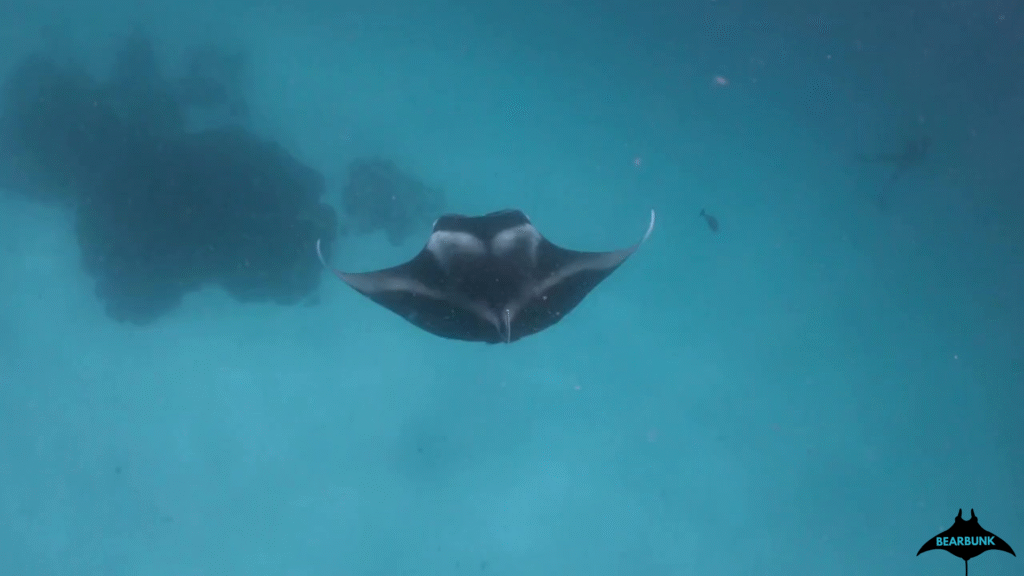
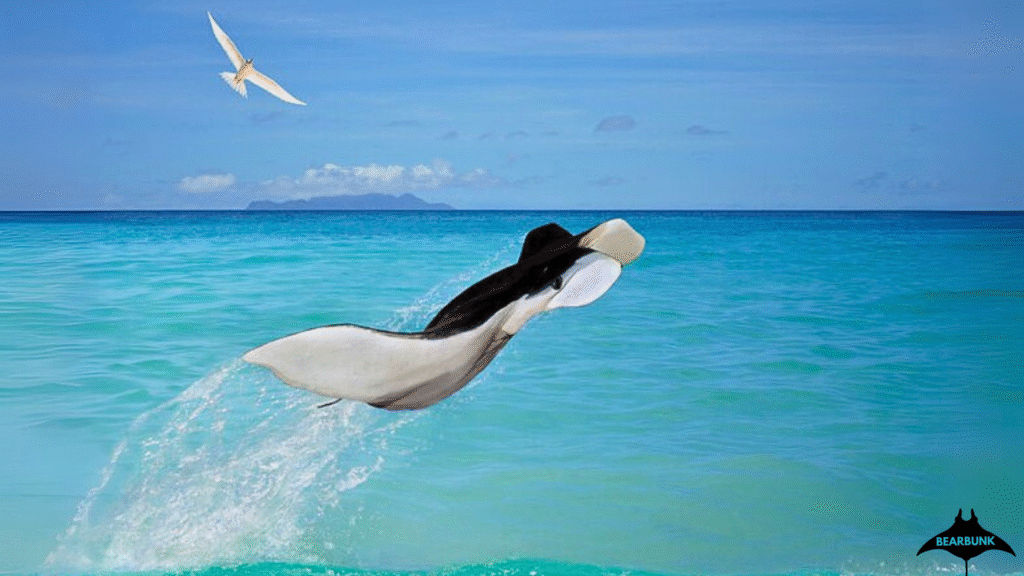
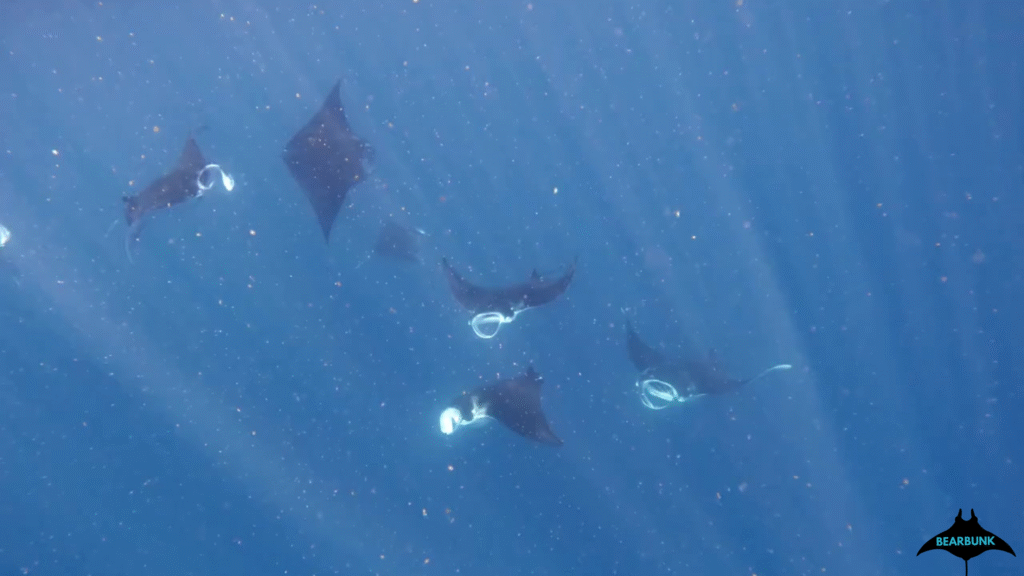
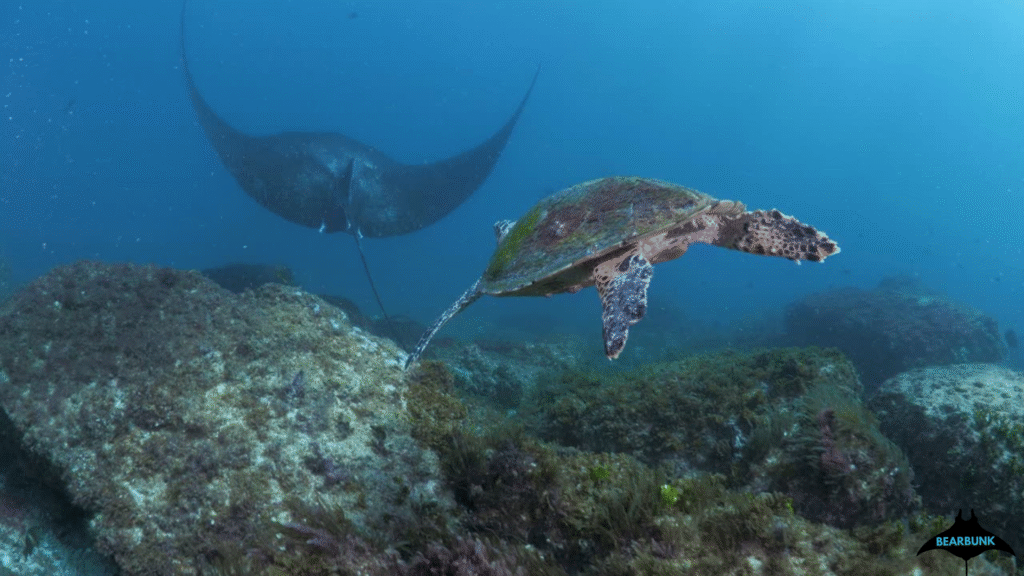
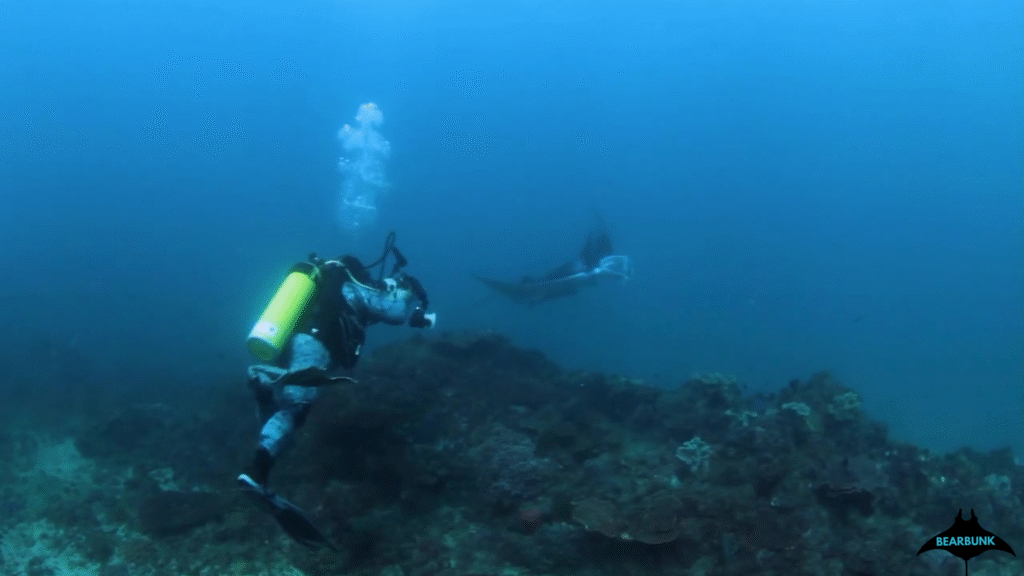
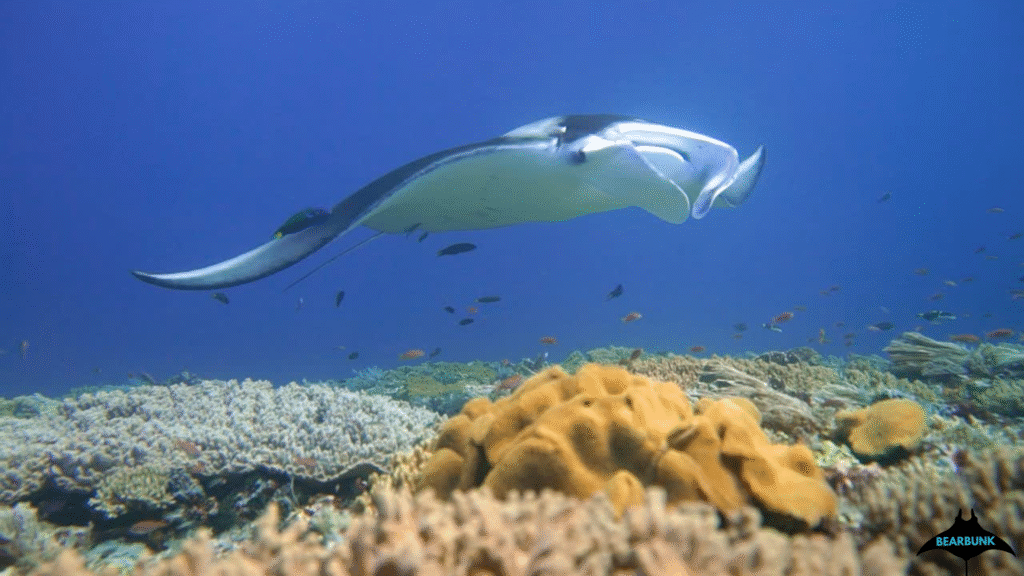
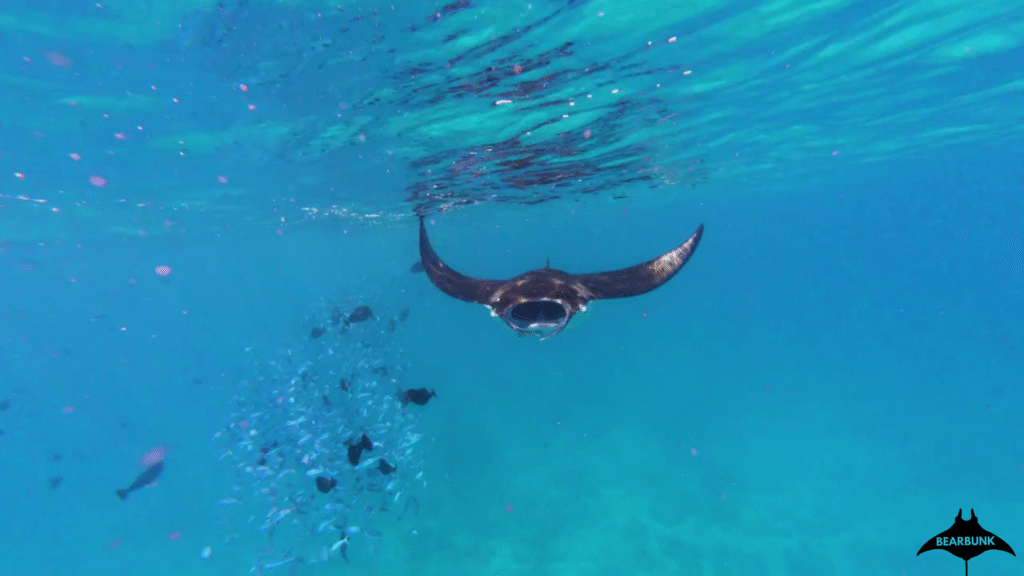


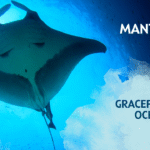



Leave a Reply